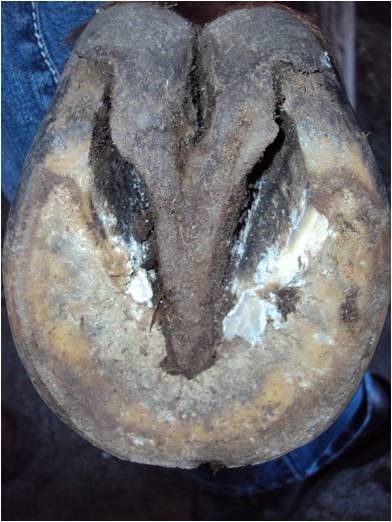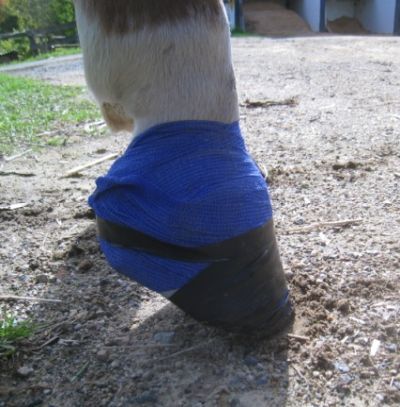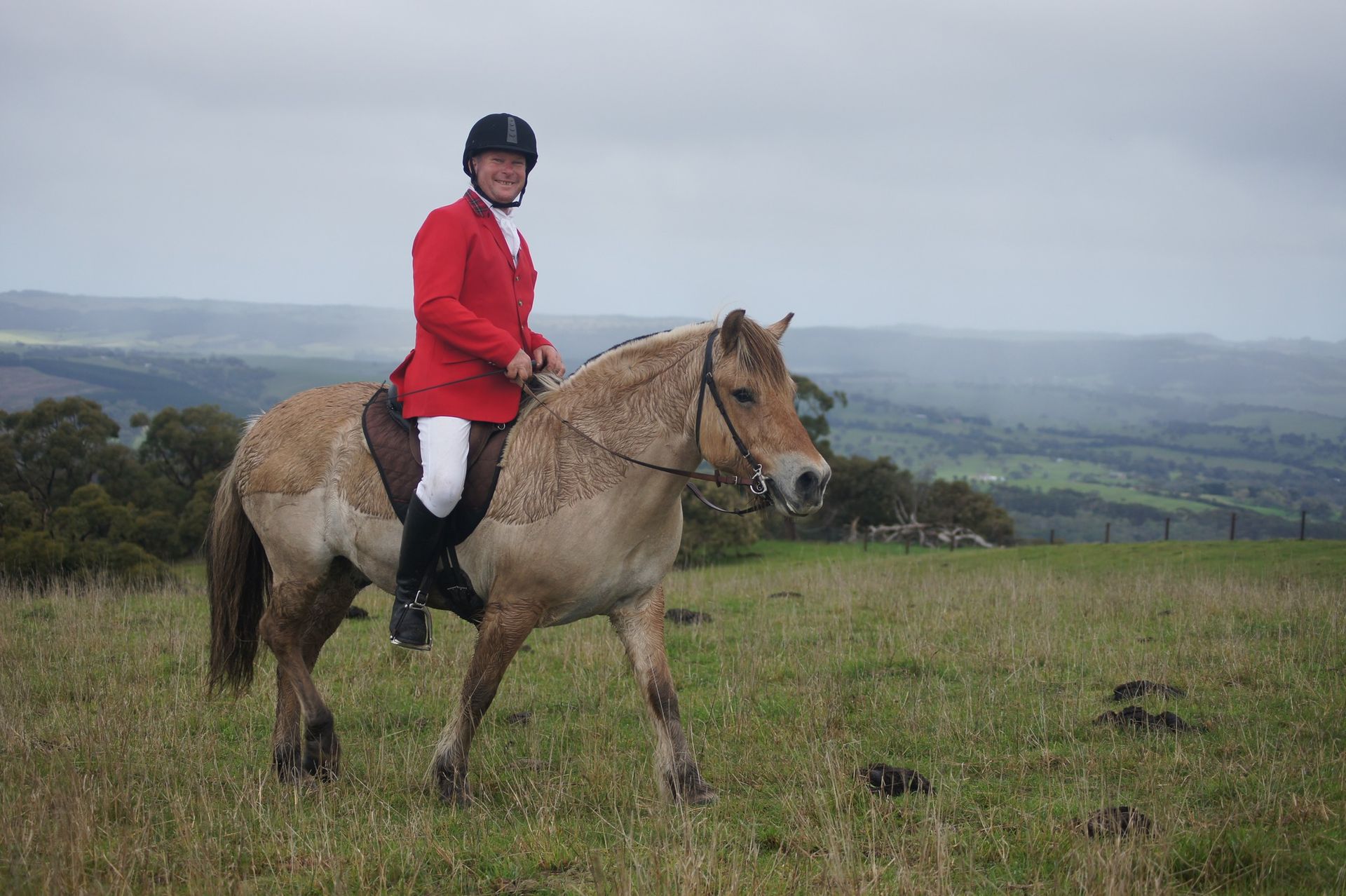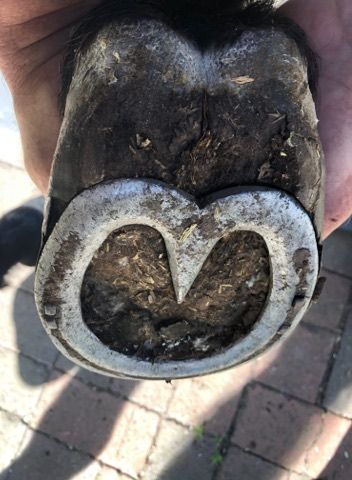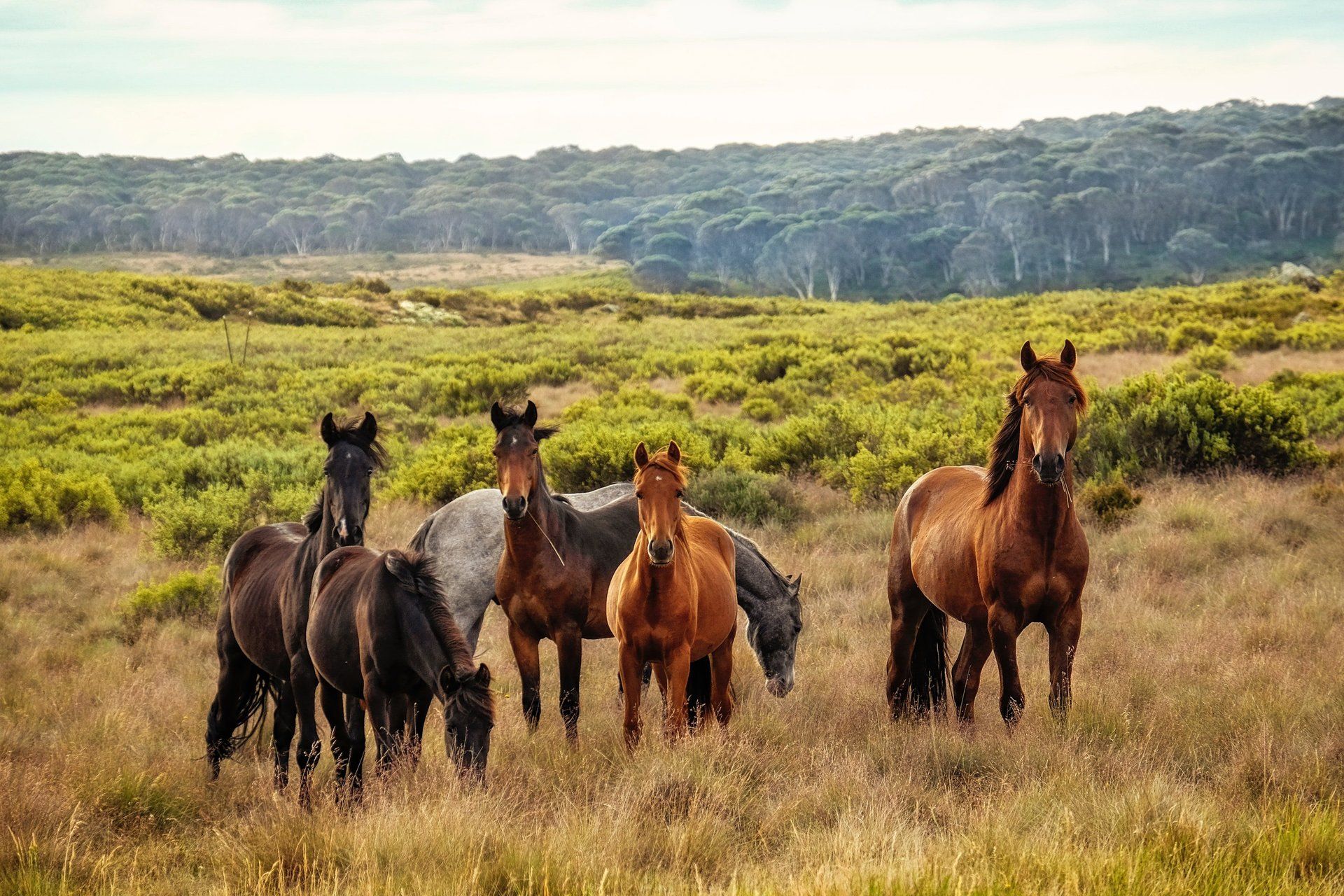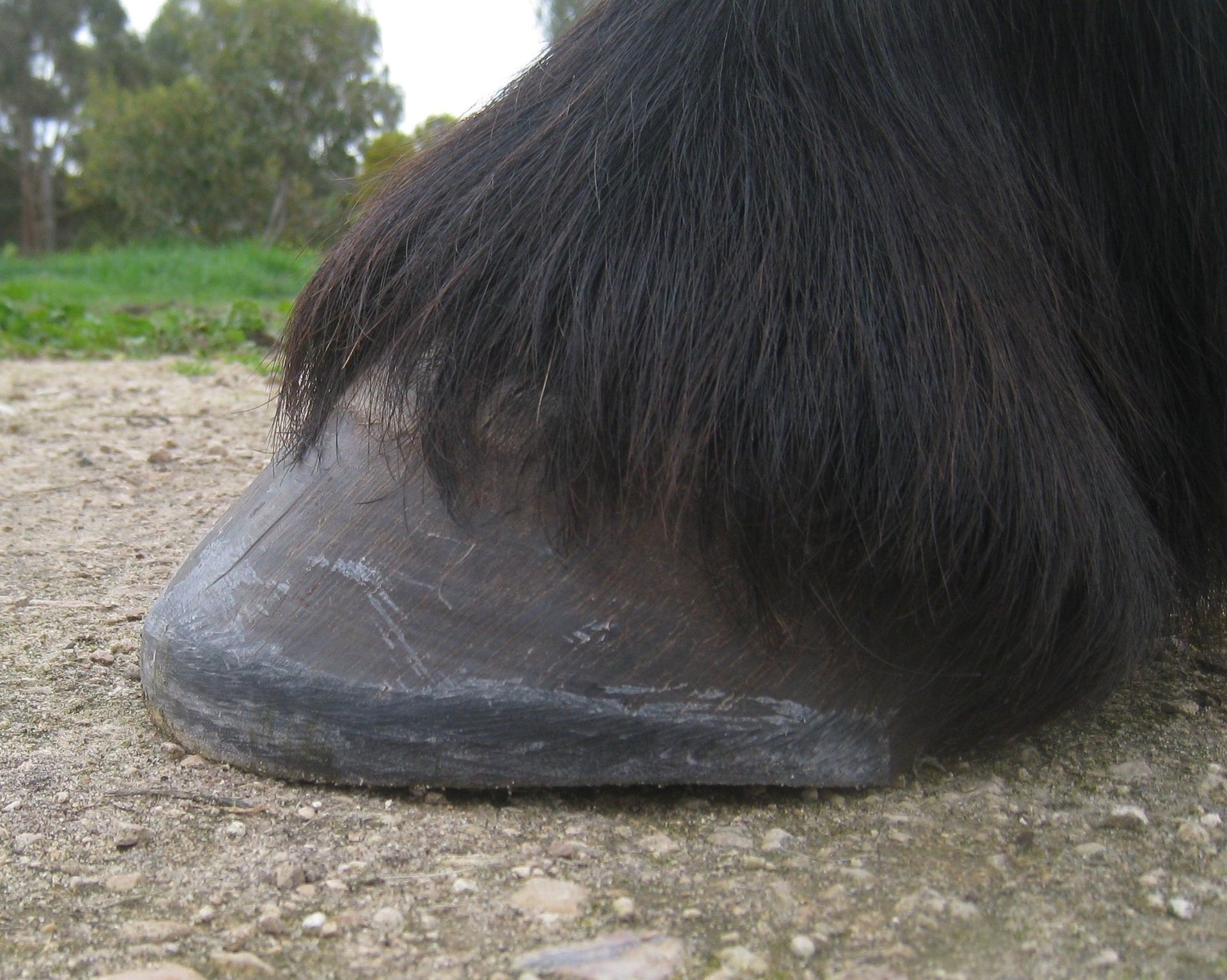How horses can withstand cold
How do horses stand the cold and not need rugging?

Horses have the ability to withstand the cold far better than us. There are several things about their bodies that come together to provide the horse with the ability to live in cold climates. We clever humans, with our high-tech fabrics still haven’t created anything to match the cold-beating mechanisms of the Horse.
Here’s how they do it.
Evolution
Humans originated in central Africa, our energy-neutral (no extra energy expended to maintain body temperature) range is about 10 to 29 degrees Celsius. Horses, on the other hand, evolved further north in higher elevations where it is extremely cold. Their energy-neutral range is about -9 to 15 degrees. That’s why our horses delight in weather that seems freezing to us. Our bodies are designed to dissipate heat, but horses are fabricated to produce and maintain it.
Digestion
The horse’s enormous digestive tract generates a large amount of heat while processing fibre.
Body Design
The blocky body, like moose, elk and other cold-weather herbivores, retains heat really well. The limbs of the horse have less muscle than humans, therefore need less blood and consequently lose less heat. The thick, roundish muzzle has a rich blood supply to withstand the cold. The very long journey that air takes from the nostrils to the lungs warms the cold air on the way.
When they need to warm up
Of course horses aren’t completely cold resistant. Sometimes certain factors can rob them of body heat and they need to warm up. The obvious first solutions are turning rumps to the wind, getting closer to herd buddies, seeking shelter or moving more. If these behavioural responses fail, the body has some mechanisms to cope.
Shivering
This extremely fast tensing and relaxing of the heavy muscle groups quickly heats up the body. Horses are superb at shivering; it’s more comfortable for them to shiver than it is for humans.
Heat Exchange
In extreme cold, the blood takes a detour to deep under the skin, close to the arteries. Blood returning to the heart and lungs is warmed by the outgoing arteries preventing cold blood from penetrating the core.
Piloerection
Each hair follicle has a muscle attached to the base of it, which lifts the hairs up to create an insulating layer of air between the skin and hair. Rugs prevent this from happening by flattening the hair follicles and eventually the muscles atrophy.
Shutting off circulation to the extremities
Shunts open up in the feet so that blood flows from the smallest arteries directly into larger veins, called venules, without passing through the capillaries. After the feet have warmed sufficiently, the shunts close again to restore nutritive capillary flow. Shunts are also used in the tail and ears.
Metabolism
As cold continues to stress the body, the thermo-regulatory centres turn their attention to generating more internal heat, sending out messages to the adrenal glands to boost core metabolism.
Acclimatisation
The horse prepares for the cold long before winter, right after the longest day of the year. Receptors in the eyes (and other parts of the body) relay information to the brain. This triggers the release of hormones to prepare the coat for winter. During the autumn, ambient temperature determines how long and thick the horse's winter coat grows. If he is exposed only to warm air or is rugged or stabled, the winter coat will grow in only slightly heavier than the summer coat. On the other hand, if it’s exposed to extreme cold during this time, the coat will be correspondingly thick and long. Your horse's winter coat consists of different kinds of hairs that together create a loft within a layer of body-warmed air next to the skin. The downward tilt of the hairs deflects falling rain before they reach the skin and directs them to the hair tips, from which they fall to the ground. As the temperature drops, the horse's appetite and calorie intake increase boosting heat-generating digestion and metabolism. On the cellular level, heat-generating metabolism is also increased for the winter. As cold sets in for the long term, the hypothalamus signals the pituitary to release thyrotropin or thyroid-stimulating hormone (TSH). Reaching the thyroid gland in the neck, TSH triggers the release of thyroid hormones that slowly boost metabolism for the winter months. The impact of all these changes is a marvel of thermo-regulation. Efficiently generating more heat while increasing his layers of insulation, the acclimatized horse has greatly improved his ability to tolerate cold. It will take a really severe cold spell to force him to resort to fuel burning and other emergency warming responses like shivering.

